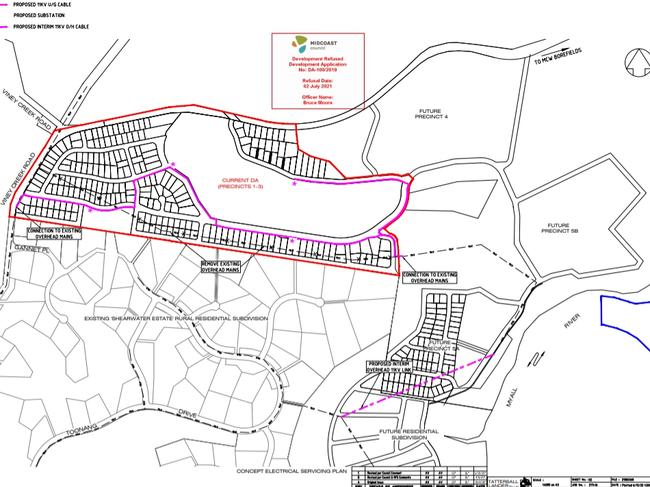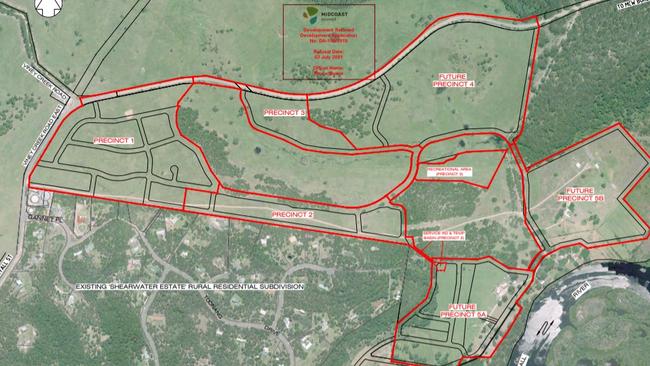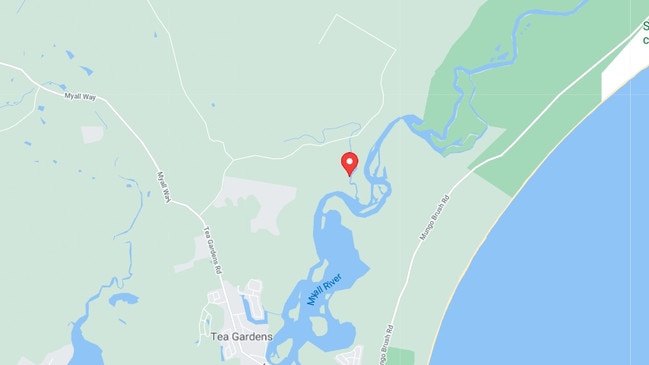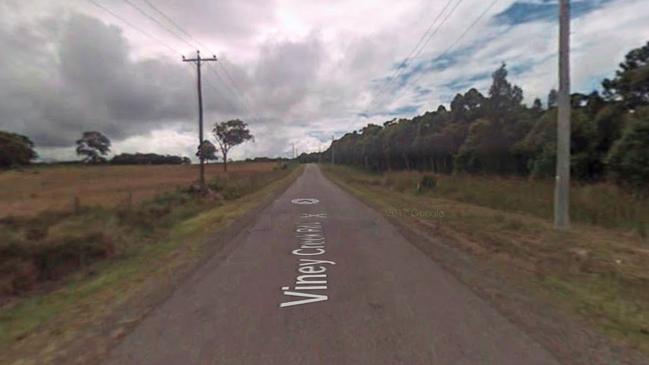Tea Gardens: Planning Panel rejects proposal for 226-lot subdivision
A local planning authority has determined the fate of a 226-lot, $20 million development on the edge of Tea Gardens. Read what happened.
Mid-North Coast
Don't miss out on the headlines from Mid-North Coast. Followed categories will be added to My News.
An application for a multimillion-dollar subdivision which was set to create 226 additional houses and two public reserves next at Tea Gardens, has been refused.
The NSW Hunter and Central Coast Planning Panel (HCCPP) met in June to discuss the $20m proposal, lodged by Tatersall Lander, after it was recommended by MidCoast Council that the development be refused subject to not meeting certain criteria for state significant development status.
The council raised concerns about the proposal’s unacceptable impacts on the amenities and privacy of neighbouring properties to the south, and failed negotiations over a land acquisition arrangement that needed to be met before the proposal could comply.

Further, a report provided by Transport for NSW, stated “there will be an impact, from this and other residential developments within the area, affecting the Pacific Highway and Myall Way and the intersection of the two roads”.
The council report “acknowledged that there will be a cumulative impact as a result of increased residential development and its associated traffic volumes which will ultimately require upgrades of surrounding roads and intersections”.
The council also stated that the project was “contextually inappropriate” to its surrounding environment.
“The development is not considered to be contextually appropriate,” its report states.
“Although there is no exception being sought to any development standard, the proposed development deviates from the DCP lot size controls and landscaping solutions that are proposed in the DCP to minimise the impacts of the proposed residential development on adjoining development and on the landscape and setting.

“The intensity of the proposed development and the way that the proposed development responds to the topographical constraints of the subject land are the primary contributors to the negative contextual impacts.”
The proposal was for a subdivision to be split into three defined precincts with multiple construction stages occurring within each precinct.
Precinct one would create one 153 lots, Precinct two 42 lots, and Precinct three 31 lots.
The application was notified to adjoining owners in accordance with the council’s notification policy, and 19 submissions were received. The submissions all objected to the proposal.

Tattersall Lander, on behalf of Wolin Investments, said the site was considered suitable for the proposal as it is zoned appropriately, consistent with the strategic planning direction of council and has no adverse environmental, social, or economic impacts.
“There are no site constraints which would otherwise impede or prevent the development from occurring,” The company’s statement of environmental impacts report noted.
“It is considered that there are no genuine reasons relevant to the public interest which would otherwise cause the delay or refusal of this proposal – any perceived issues of significant public interest were dealt with during the course of assessment for the rezoning of the land.
“It is further noted that this proposal is consistent with Councils’ strategic land use planning strategy and, therefore, it should be considered to be in the public interest.”
The HCCPP met to discuss the proposal, before delivering its decision on July 2.
“This is a matter that the panel has been briefed on twice,” the panel’s determination report states.
“It is an application for subdivision of zoned land that has been under assessment for nearly three years.

“There remains a threshold issue regarding satisfaction for designated infrastructure, as the Director General has not certified in writing that satisfactory arrangements have been made towards the contribution of designated state infrastructure.
“The panel also understands that satisfaction requires a VPA (Voluntary Planning Agreement) to be entered into, that is reliant on an agreement for the sale of a portion of closed road from council – a matter that has also been negotiations since valuations were exchanged in 2018.
“The panel has no confidence that the above matters will be resolved in a timely manner.”
It shared the council’s same views over concerns regarding lot sizes, visual and privacy impacts, traffic impacts, and community objections.
The panel’s decision to refuse the application was unanimous.


